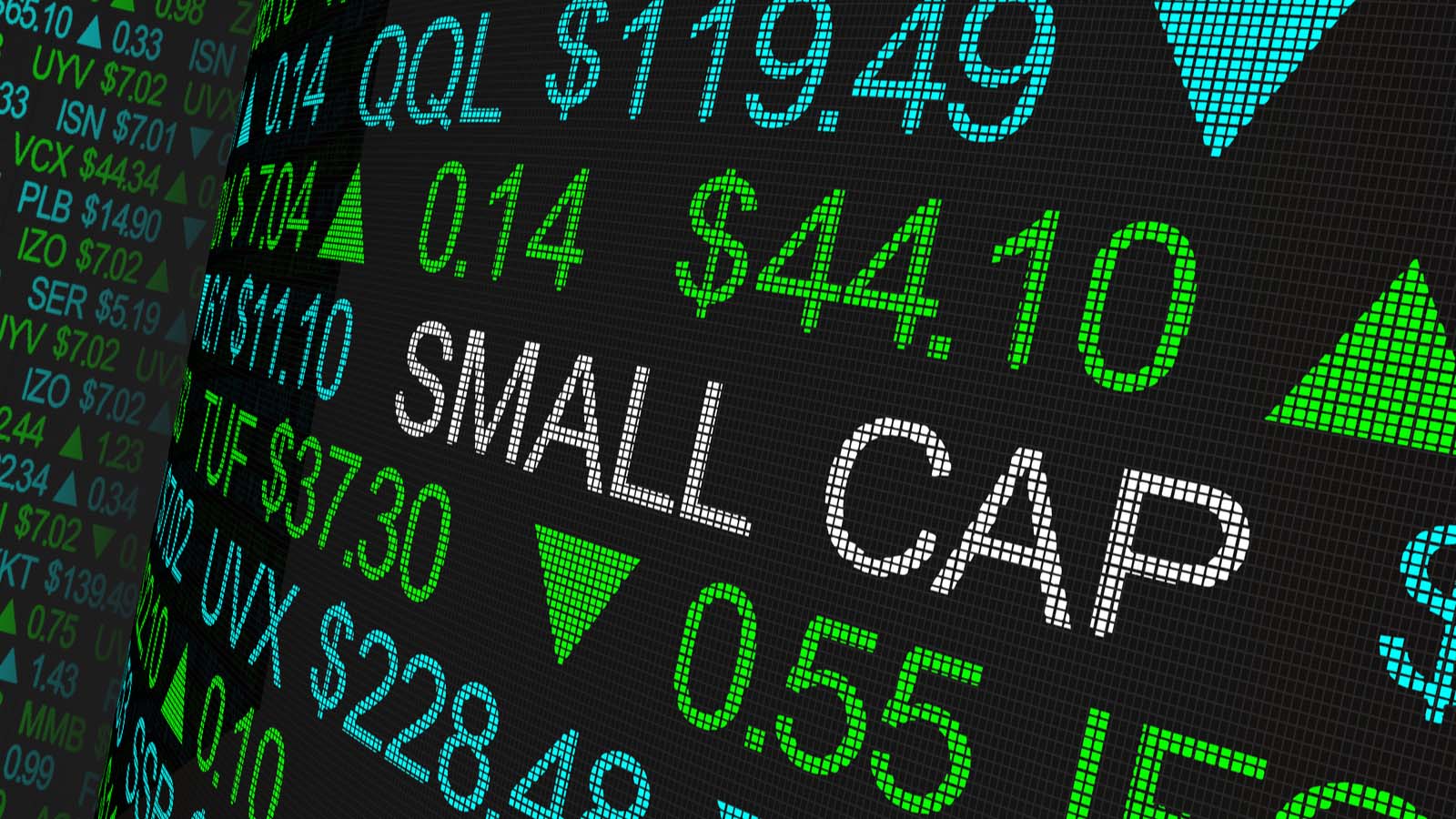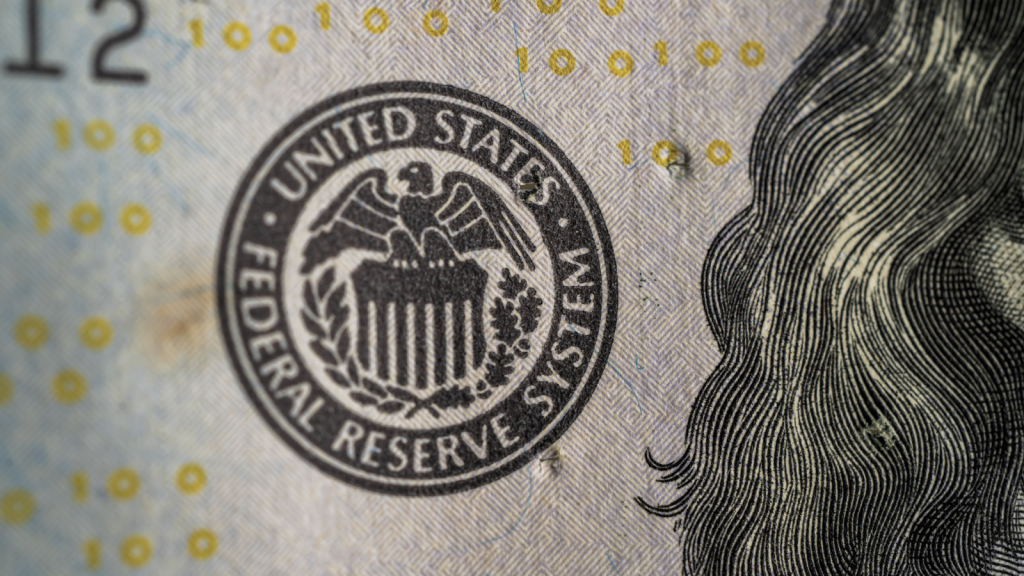These 15 Funds Were the Worst Performing of the Past Decade—Is One in Your Portfolio?


The past decade has seen one of the strongest bull markets in history, with the S&P 500 index posting a 10-year return of 182.9% through February 2025. Yet a select club of exchange-traded funds (ETFs) no one wants to join managed to defy a broadly rising market and destroy billions in shareholder value.
The biggest losers include specialized funds that retail investors should mostly avoid, but some belong to categories that many assume to be quite stable. Below, we take you through the list and the fund companies behind them whose reputations have taken a hit.
- Leveraged and inverse ETFs dominated the list of worst-performing funds, with 13 of the top 15 value destroyers being exchange-traded products that promised amplified returns.
- Despite having positive total returns over the decade, ARK funds topped the list of value-destroying fund families with $13.4 billion in realized and unrealized capital losses, demonstrating how even popular funds can wreak havoc on your portfolio.
The Funds That Lost Billions for Shareholders
According to a March 2025 Morningstar report, 15 funds posted the worst performance over the last decade through a toxic combination of poor performance and poorly timed investor flows (people putting in money just as the market was heading in the wrong direction).
Posting the biggest losses was the ProShares UltraPro Short QQQ (SQQQ), a leveraged inverse ETF that aims to deliver negative three times the daily performance of the Nasdaq-100. When the Nasdaq 100 goes up, SQQQ goes down by three times as much, so it shouldn’t be surprising that in a decade that the total 10-year return, according to TradingView, for the Nasdaq-100 stood at 443.2% (for an average annual rate of 18.4%), SQQQ lost investors more than $10 billion.
Other leveraged index funds, like ProShares Ultra VIX Short-Term Futures (UVXY), also suffered significant losses.
Thematic funds with concentrated bets also featured prominently in Morningstar’s study. ARK Innovation ETF (ARKK)—Cathie Wood’s flagship, actively managed ETF for “disruptive innovation”—and ARK Genomic Revolution ETF (ARKG), which focuses on biotech, together lost more than $12 billion for investors. These funds attracted massive inflows after strong performance in 2020, only to produce steep declines afterward.
Geographic concentration added another layer of risk. KraneShares CSI China Internet ETF (KWEB) and iShares MSCI Brazil ETF (EWZ) took losses from country-specific political and economic problems.
Perhaps most surprising are the traditional fixed-income funds on the list. They include Templeton Global Bond (TGBAX) and Fidelity Series Long-Term Treasury Bond Index (FTLTX), demonstrating that even more mainstream bond investments can erase substantial value should interest rates shift dramatically.
Warning Signs for Investors
These red flags characterized the decade’s biggest value destroyers:
- Leverage and inverse exposure: Funds with “Ultra,” “UltraPro,” “3X,” or “Bear” in their names are designed for sophisticated short-term traders, not long-term investors. These products reset daily and experience mathematical decay over time, making them unsuitable for buy-and-hold strategies.
- Concentrated thematic bets: Funds focused on narrow sectors or themes might capture investor attention, but often come with high volatility that can burn investors chasing performance who enter at the wrong time. These specialized funds are generally suitable only as minor positions for investors who fully understand the risks.
- Excessive volatility: The worst-performing funds experienced extreme swings, with some dropping more than 60% in a single year. These funds are designed for professional traders and institutional investors who use them for hedging or as part of complex trading strategies.
Tip
Many of these funds serve specific purposes and can do exceptionally well during particular market conditions. Inverse and leveraged bear funds like SPXU and SPXS can deliver impressive short-term gains during market downturns, with some rising 15% or more during 2022’s bear market.
The Bottom Line
The biggest value destroyers in the fund industry provide a valuable case study in how not to invest. Investors this past decade have been far better served by plain-vanilla categories like passive index funds and by sticking with the industry’s biggest and most established fund managers.















